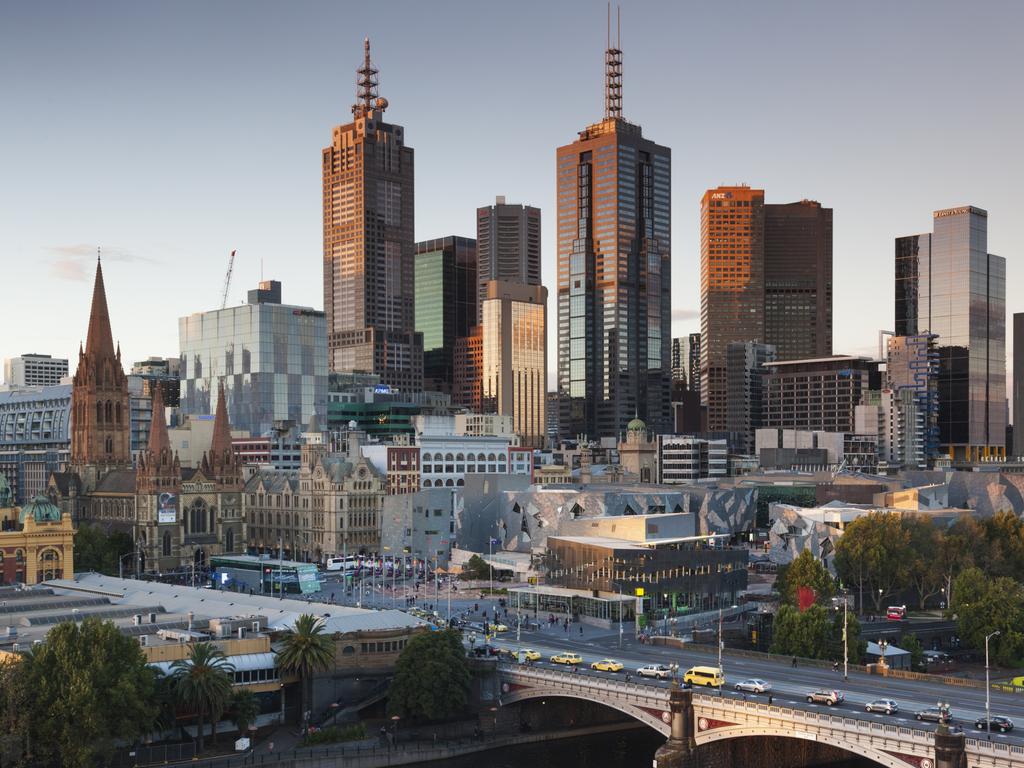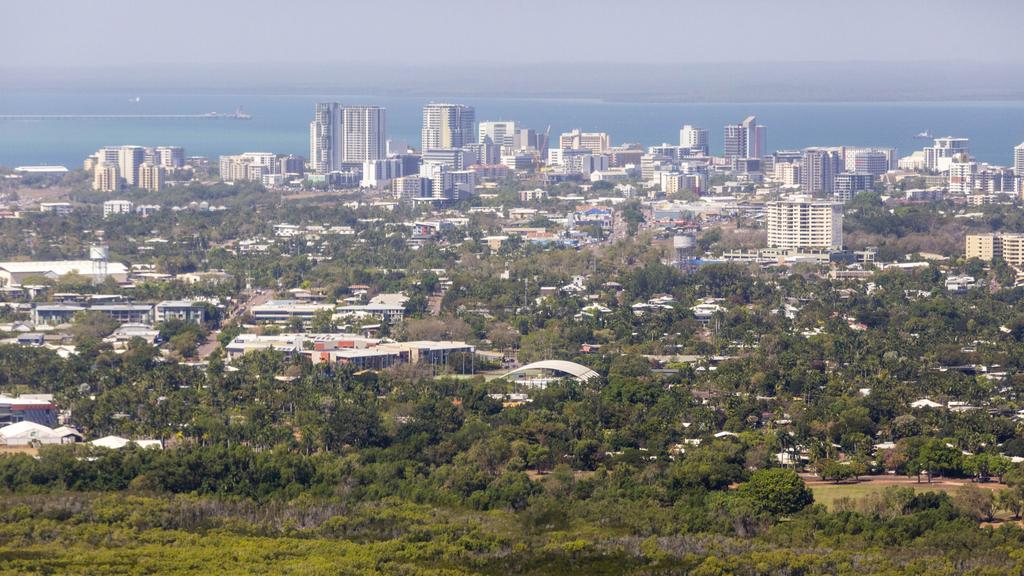The next ten years: Australian population outlook

Victoria has a projected population increase of 1.1 million, or 17 per cent, from 2022 to 2033, the second highest population growth rate in the country.
What does the future hold and how will the next 10 years unfold? This is the ubiquitous question that pervades most operating in the spheres of businesses and government. As Australia’s population continues to grow and change, it’s important to keep track of the latest population trends and what they mean for our society.
As of June last year, the Australian Bureau of Statistics national population report estimates that the population of Australia stands at 25.9 million. What is noteworthy is that over the course of the previous decade leading up to June 2022, the population of Australia has surged by 3.2 million, rising from 22.7 million in June 2012, which equates to a 14 per cent increase.
In 2018, the ABS released its Population Projections, which predicted that Australia’s population would reach 26.5 million by 2022 based on low growth assumptions.
However, as things stand, the estimated population falls short by a significant 600,000 people compared to the projected figure. This shortfall primarily can be attributed to the population loss suffered by the nation during the pandemic, which adversely affected population growth and immigration.
Based on the 2021 census estimates, the Centre for Population in January released projections that reveal some intriguing trends and patterns. These projections indicate that by 2033, Australia’s population is expected to grow by a significant 3.6 million people, resulting in a total population of 29.9 million people.
Australia’s projected population growth is primarily based on the annual net overseas migration figures. This critical assumption suggests that roughly two-thirds of the anticipated population growth will result from overseas migration, with an expected net addition of 235,000 people per year.
This estimate underscores the significance of migration as a key driver of Australia’s population growth, highlighting the nation’s continued appeal as a desirable destination for individuals from all around the world. The intake of migrants is likely to provide relief to Australia’s skills shortage, as well as support for post-pandemic recovery and ultimately benefit the country.
The data also offers valuable insights into Australia’s future demographic trends, highlighting the potential changes in key population indicators such as fertility rates and life expectancy.
The expected average annual natural population increase between 2022 and 2033 is projected to be about 125,000 people. Additionally, the projections indicate a likely decline in the fertility rate, which is expected to drop from 1.66 in 2022 to 1.62 by 2033. Meanwhile, the data also predicts that life expectancy for men is set to increase from 81.3 years in 2022 to 83.5 years in 2033, while for women it is expected to rise from 85.3 years in 2022 to 87 years in 2033.
The projections present a compelling picture of Australia’s future demographic landscape, indicating the nation’s continued population growth and expansion.
The underlying demographic landscape will help us identify the opportunities that lie ahead over the next decade. With each shift, movement, and increase in the population, new possibilities arise for housing, finance, white goods, and a growing need for various government services.

The ACT is expected to have the highest population growth rate from 2022 to 2033, with an anticipated increase of 18 per cent, or from 467,000 to 550,000.
Looking at regional growth, all states and territories are expected to experience growth in their populations. The ACT is expected to have the highest population growth rate, with an anticipated increase of 18 per cent from 467,000 in 2022 to 550,000 in 2033.
Following closely behind is Victoria, with a projected population increase of 1.1 million, or 17 per cent, over the same period. Queensland is expected to witness a 14 per cent increase in population, from 5.3 million in 2022 to 6.1 million in 2033.
Western Australia is projected to experience a similar growth rate, with the state’s population rising from 2.8 million to a total of 3.2 million between 2022 and 2033.
Tasmania’s population is anticipated to increase from 581,700 to 646,500 over the same period. The growth in these regions is expected to be strong across all major population indicators, including natural increase, net overseas migration, and net interstate migration.
NSW is anticipated to witness an 11 per cent increase, with its population projected to grow from 8.2 million in 2022 to 9.1 million in 2033. While natural increase and net overseas migration are major contributors to this growth, the state is expected to lose about 25,000 people per year due to interstate migration.
Northern Territory’s population is expected to increase by 13 per cent, with projection indicating a rise from 258,200 in 2022 to 292,700 in 2033.
This growth is primarily driven by natural increase, which is the leading contributor to the region’s population surge, followed closely by net overseas migration. However, despite the promising forecast, the Northern Territory is expected to experience a net loss of about 1250 residents per annum through interstate migration.
The combined population of capital cities will remain as the stronger component of the Australian population, going from 17.4 million in 2022 to 20.2 million in 2033. The growth in capital city population will account for 77 per cent of the total growth in the nation’s population.
Melbourne leads the charge in terms of population growth rates in capital cities, with an impressive projected surge of 20 per cent. Interestingly, Melbourne’s population is anticipated to surpass that of Sydney by 10,300 in 2032.
Meanwhile, Sydney is expected to experience a modest growth rate of 11 per cent over the same period.
Following Melbourne, Darwin’s population is projected to increase by 18 per cent, with Perth following closely behind at 17 per cent. Brisbane and Hobart are both expected to see a growth rate of 16 per cent.
Brisbane and Darwin are the only capital cities to benefit from interstate mobility. Throughout the next decade, interstate migration remains positive for these cities, in contrast to all other capital cities expecting to lose population to interstate migration.
All the regions combined are expected to grow from 8.5 million in 2022 to 9.3 million in 2033 and will benefit from all three population growth factors. Regional Queensland remains the winner among regions with impressive growth of 13 per cent over the next 10 years, followed by regional Victoria at 11 per cent.

Darwin’s population is projected to increase by 18 per cent. Picture: Floss Adams.
Examining the demographic breakdown by age groups enables us to pinpoint the crucial markets that will demand various services. The change in population by single year of change between 2023 to 2033 reveals that there will be growth across all age groups.
Three specific cohorts have a growth rate exceeding the average across all age groups. The first group is those aged between 18 and 28, highlighting an urgent need for a broad spectrum of services to cater to their needs.
These services may include affordable and high-quality education and vocational training, career counselling, job placement assistance, affordable housing, and rental schemes.
According to the 2021 ABS Census, mental health issues were most prevalent among this younger population. Therefore, providing accessible and affordable healthcare and mental health programs is crucial for supporting their wellbeing.
Additionally, there will be a rising demand for a diverse range of community, cultural and recreational facilities to meet their needs.
The second group is the 40-50-year-olds. The 40-50 age group represents a valuable market for businesses in a range of sectors, from technology to luxury goods to real estate. Most people in this age group are likely to be living in a family household with children, making them master consumers of white goods and services.
Companies that can tailor their products and services to the specific needs and interests of this demographic stand to benefit from their significant purchasing power and brand loyalty.
The people in this demographic group typically are established in their careers and have higher levels of disposable income, making them an attractive target for businesses.
They might also need assistance with wealth management such as retirement planning, superannuation advice, and access to financial counselling services.
This age group may require legal services for various reasons, including estate planning, family law, and property matters. For some services that support career change, retraining and upskilling opportunities may be required.
That Australia is becoming an ageing society is not news. The last and the biggest growth cohort groups those aged between 70 and 90. To support the health and wellbeing of the older population, a range of aged-care services and healthcare services are critical.
Older people may require suitable housing options including retirement villages, assisted-living facilities and accessible housing.
Older people may require social support and opportunities for socialisation, including community centres, social clubs and volunteer opportunities. The government can fund programs that promote social inclusion and reduce social isolation among older people.
Older people may require assistance with transportation, including public transport options, community transport services, and special needs transport.
Both governments and business may need to tailor services that can help the older people live with dignity and independence as they age.
Overall, the outlook for the next decade points to opportunities for business growth and development and more critically a requirement for a range of government services in Australia.
While the coming years may present some challenges, by using demographic data we can develop effective strategies to capitalise on the expected population growth.
Hari Hara Priya Kannan is a data scientist at The Demographics Group







